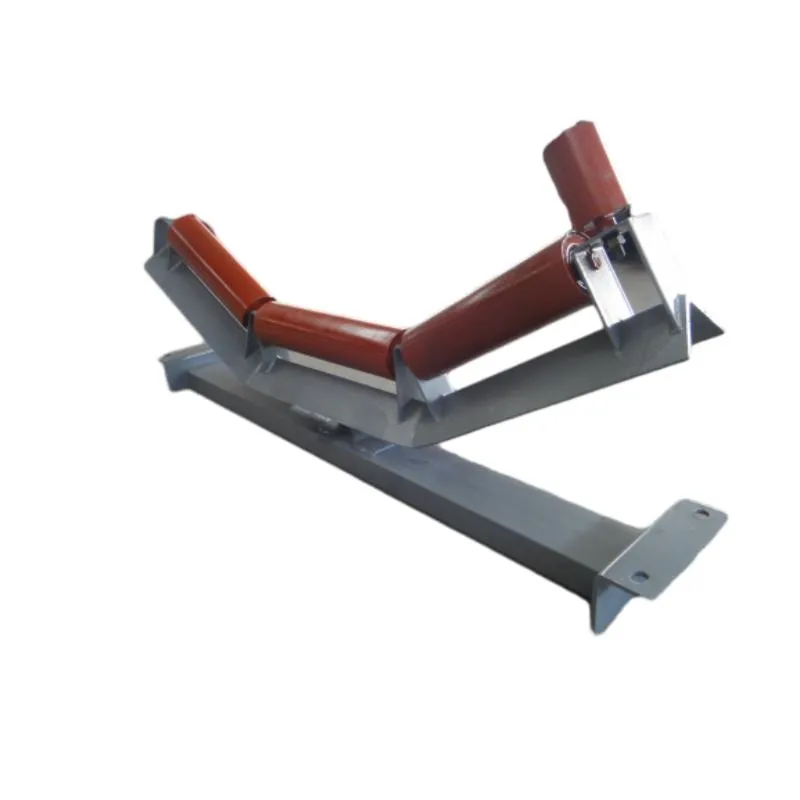 Afrikaans
Afrikaans  Albanian
Albanian  Amharic
Amharic  Arabic
Arabic  Armenian
Armenian  Azerbaijani
Azerbaijani  Basque
Basque  Belarusian
Belarusian  Bengali
Bengali  Bosnian
Bosnian  Bulgarian
Bulgarian  Catalan
Catalan  Cebuano
Cebuano  Corsican
Corsican  Croatian
Croatian  Czech
Czech  Danish
Danish  Dutch
Dutch  English
English  Esperanto
Esperanto  Estonian
Estonian  Finnish
Finnish  French
French  Frisian
Frisian  Galician
Galician  Georgian
Georgian  German
German  Greek
Greek  Gujarati
Gujarati  Haitian Creole
Haitian Creole  hausa
hausa  hawaiian
hawaiian  Hebrew
Hebrew  Hindi
Hindi  Miao
Miao  Hungarian
Hungarian  Icelandic
Icelandic  igbo
igbo  Indonesian
Indonesian  irish
irish  Italian
Italian  Japanese
Japanese  Javanese
Javanese  Kannada
Kannada  kazakh
kazakh  Khmer
Khmer  Rwandese
Rwandese  Korean
Korean  Kurdish
Kurdish  Kyrgyz
Kyrgyz  Lao
Lao  Latin
Latin  Latvian
Latvian  Lithuanian
Lithuanian  Luxembourgish
Luxembourgish  Macedonian
Macedonian  Malgashi
Malgashi  Malay
Malay  Malayalam
Malayalam  Maltese
Maltese  Maori
Maori  Marathi
Marathi  Mongolian
Mongolian  Myanmar
Myanmar  Nepali
Nepali  Norwegian
Norwegian  Norwegian
Norwegian  Occitan
Occitan  Pashto
Pashto  Persian
Persian  Polish
Polish  Portuguese
Portuguese  Punjabi
Punjabi  Romanian
Romanian  Russian
Russian  Samoan
Samoan  Scottish Gaelic
Scottish Gaelic  Serbian
Serbian  Sesotho
Sesotho  Shona
Shona  Sindhi
Sindhi  Sinhala
Sinhala  Slovak
Slovak  Slovenian
Slovenian  Somali
Somali  Spanish
Spanish  Sundanese
Sundanese  Swahili
Swahili  Swedish
Swedish  Tagalog
Tagalog  Tajik
Tajik  Tamil
Tamil  Tatar
Tatar  Telugu
Telugu  Thai
Thai  Turkish
Turkish  Turkmen
Turkmen  Ukrainian
Ukrainian  Urdu
Urdu  Uighur
Uighur  Uzbek
Uzbek  Vietnamese
Vietnamese  Welsh
Welsh  Bantu
Bantu  Yiddish
Yiddish  Yoruba
Yoruba  Zulu
Zulu Improving Drum Pulley Performance with Effective Lagging Solutions for Enhanced Operation
Drum Pulley Lagging Importance and Applications in Industry
Drum pulleys are an integral component of conveyor systems, playing a crucial role in the transportation of materials across various industries. The lagging on these drum pulleys is a key feature that enhances their efficiency, lifespan, and overall performance. In this article, we will explore the importance of drum pulley lagging, its materials, and its applications in a variety of industrial settings.
What is Drum Pulley Lagging?
Lagging is a protective covering applied to the surface of a drum pulley. It is typically made from rubber or other resilient materials and serves several purposes. By providing grip, lagging helps to reduce slippage between the conveyor belt and the pulley. This is particularly important in situations where the conveyor system operates at high speeds or where the material being transported is heavy and abrasive.
Importance of Drum Pulley Lagging
1. Enhanced Traction The primary function of lagging is to provide traction. A well-lagged drum pulley minimizes the chances of belt slippage, ensuring that the conveyor system operates smoothly and efficiently. This is crucial in maintaining consistent material flow and preventing downtime due to belt misalignment or slippage.
2. Wear Resistance The operation of conveyor systems often involves the transport of abrasive materials. Lagging acts as a protective barrier against wear and tear caused by friction. This can significantly extend the lifespan of the drum pulley and reduce maintenance costs over time.
3. Improved Efficiency By enhancing traction and reducing slippage, lagging helps to optimize the overall efficiency of the conveyor system. Improved efficiency leads to higher productivity, as materials are moved more effectively from one point to another without interruptions.
4. Safety In industrial environments, safety is paramount. Lagging contributes to the safe operation of conveyor systems by minimizing the risk of belt slipping or misalignment. This is especially important in high-stakes environments where heavy loads are transported, and any failure could lead to accidents or damage to equipment.
Types of Lagging Materials
There are several materials commonly used for drum pulley lagging, each offering unique benefits
drum pulley lagging

1. Rubber Lagging This is the most common form of lagging due to its excellent grip, durability, and resistance to weather conditions. Rubber lagging is particularly effective in heavy-duty applications.
2. Ceramic Lagging Incorporating ceramic components into the lagging material significantly enhances wear resistance. This type of lagging is ideal for use in high-abrasion environments, such as mining and mineral processing, where traditional rubber lagging may wear out quickly.
3. Textile Lagging Made from reinforced fabrics, textile lagging provides good grip and flexibility. It is often used in lighter-duty applications or in scenarios where the operation involves sensitive materials that could be damaged by a more abrasive surface.
Applications of Drum Pulley Lagging
Drum pulley lagging finds applications across various industries, including but not limited to
- Mining and Minerals In the mining sector, lagging is crucial for transporting heavy ores and aggregates. It enhances the reliability of conveyor belts that operate under harsh conditions.
- Food Processing In food-grade environments, specially formulated lagging materials are used to meet hygiene standards while ensuring that the conveyance of materials is smooth and efficient.
- Manufacturing Conveyor systems in manufacturing plants often utilize drum pulley lagging to facilitate the movement of products along assembly lines, enhancing production processes.
- Waste Management In waste recycling and management, drum pulley lagging helps to handle heavy and abrasive materials, ensuring that the system operates efficiently despite the challenging nature of the content being processed.
Conclusion
Drum pulley lagging is a critical component in the design and operation of conveyor systems. By improving traction, reducing wear, enhancing efficiency, and contributing to safety, lagging plays a vital role in various industrial applications. As industries continue to evolve, the importance of reliable and effective drum pulley lagging will only increase, underscoring the need for innovative materials and technologies to meet the challenges of modern operations. Investing in quality lagging not only prolongs the life of drum pulleys but also optimizes the performance and safety of the entire conveyor system.
-
Trusted Conveyor Solutions from Leading Conveyor Idler Roller ManufacturersNewsJun.27,2025
-
Reliable Return Idler Solutions for Efficient Belt Conveyor SystemsNewsJun.27,2025
-
Precision Conveyor Accessories for Streamlined Material HandlingNewsJun.27,2025
-
High-Quality Belt Conveyor Idler Solutions for Efficient Material HandlingNewsJun.27,2025
-
High-Performance Belt Conveyor Pulleys for Reliable Material HandlingNewsJun.27,2025
-
Enhancing Material Handling EfficiencyNewsJun.27,2025





























